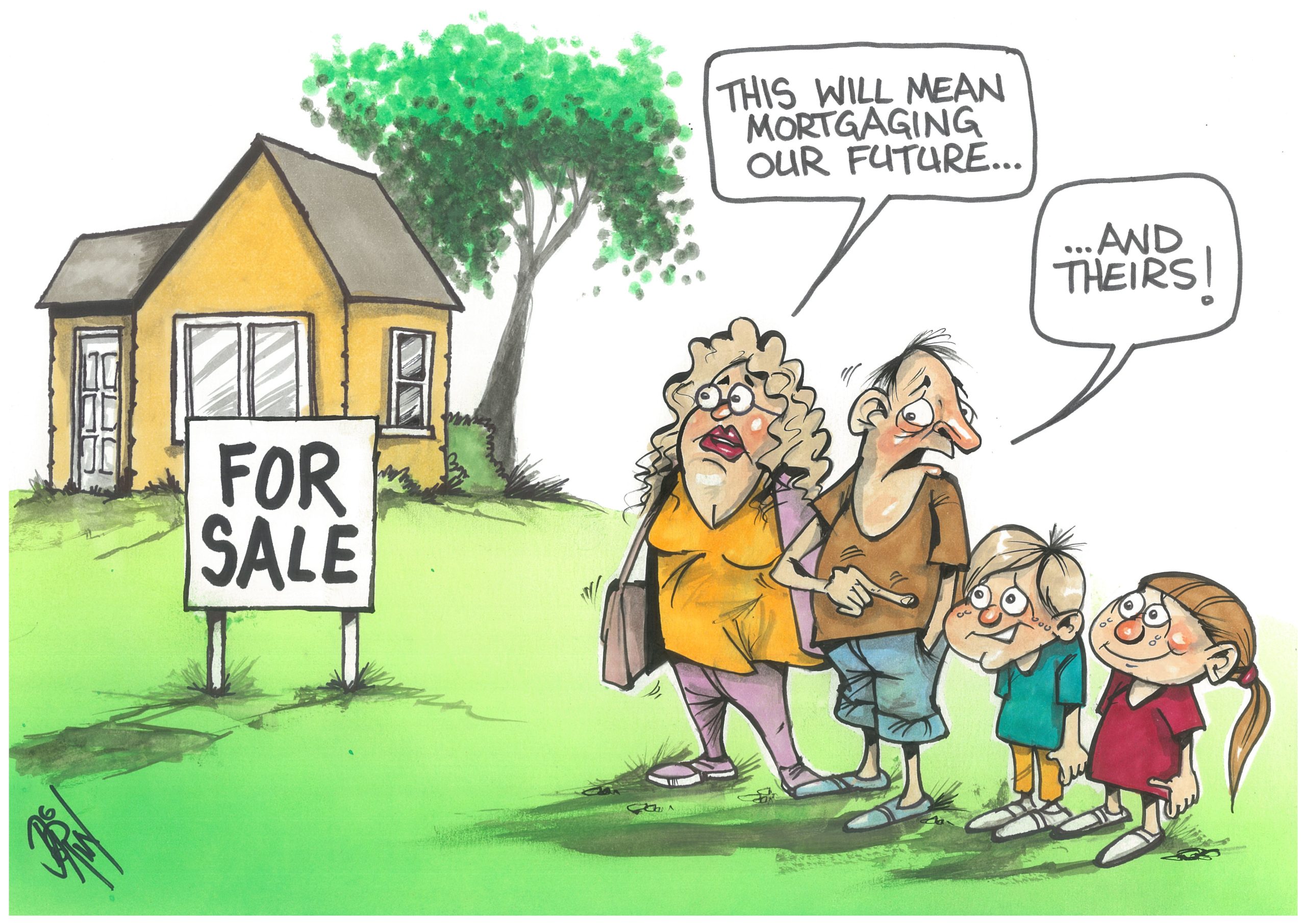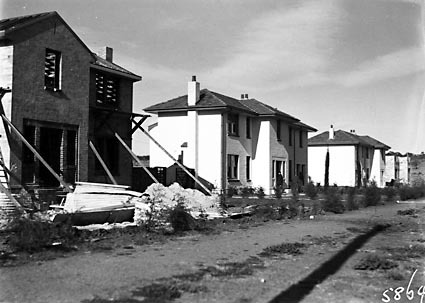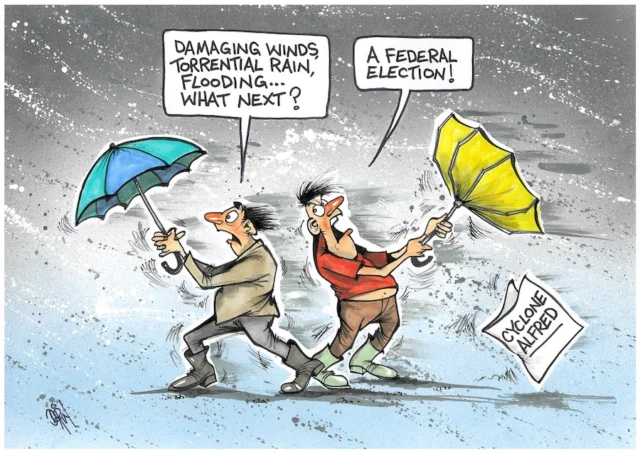
Andrew Barr has approved the purchase of thousands of hectares of rural land for housing while, at the same time, claiming scarcity of land as a reason for reducing the supply of detached dwelling sites. It’s nothing less than mind boggling, say JON STANHOPE & KHALID AHMED, in the second of their “Housing Horrors” series.
IN part one of this series we welcomed a Commonwealth Government announcement to bring together all levels of government, investors, and the residential development, building and construction sector to unlock quality, affordable housing supply over the medium term.

That supply has indeed been “locked” is indisputable.
Deterioration in housing affordability across Australia over the past two decades is no accident. Any objective observer is entitled to conclude that housing policy and systems in Australia are geared, by design and/or omission, to deliver abnormal and sustained price increases.
Of all Australian jurisdictions, the ACT is unique. Our leasehold system vests the ownership of all land in the ACT government.
It is also different in that with only a single level of government it performs both state and local government planning functions. As such, it has complete control of the planning and supply pipeline. It is also the single largest speculator in land.
To any objective observer, the ACT’s land supply and taxation policies over the last decade would appear to have been expressly designed to reduce affordability.
To take one example, annual land supply in the ACT averaged 4555 dwelling sites over the three years from 2008-09 to 2010-11 yet in the years from 2018-19 to 2020-21 it averaged just 3173 dwelling sites ie, less than 70 per cent of the supply a decade earlier even though the population increased by 24 per cent.
While it is difficult to fathom exactly why Labor and the Greens chose to cut housing supply so dramatically at a time that the population was accelerating it is surely not surprising that in that same period, the median price of a detached house increased by 110 per cent and that of a unit by 44 per cent.
Some national commentators assert that land banking in the states and territories, by private developers, in order to maximise profits, is the main cause of constrained supply.
In the ACT, the government has shamelessly also resorted to this behaviour.
In the last decade it has acquired large swathes of land by resuming rural leases for potential future housing developments; however, it has shown no inclination to utilise that land for that purpose.
The first such purchase, of Glen Loch Station (the land between the western edge of the arboretum and the Coppins Crossing Road), was completed in 2011 for over $9 million in the expectation it would support around 2000 dwellings.
That, as treasurer, Andrew Barr has approved the purchase of thousands of hectares of rural land for housing while at the same time claiming scarcity of land as a reason for reducing the supply of detached dwelling sites, is nothing less than mind boggling.
An unambiguous and frankly brutal illustration of the impact of the ACT government’s policy of drip-feeding land to the market is that in the most recent “ballot” for land 7400 people registered to purchase 51 blocks.
In an extraordinary contribution to the public discussion, when asked, the Housing Minister Yvette Berry is reported to have claimed that increasing supply brings out more buyers and pushes up prices.
Putting that claim to one side, the primary question begged by the government’s land supply policy is why it is pursuing a policy it knows has excluded thousands of lower-income Canberra households from the detached housing market. We fear one answer is for profit.
The gross profit margin derived by the Government’s monopoly land supply arm averaged 31 per cent over the years 2008-09 to 2010-11.
A decade later and this has more than doubled to 68 per cent. The Budget’s reliance on land revenues as its own source income increased in that time from an average of 6 per cent to 10 per cent.
It is clear, and undeniable, that the government has traded-off the social and economic benefits of housing affordability for financial returns from its unassailable monopoly on the supply of land and housing.
The delivery of the Commonwealth Government’s target of one million additional dwellings over five years from 2024 will require land and investment.
We will discuss the investment challenge posed by this project in a further article. In relation to land supply, the ACT’s share of the national target, on a population basis, will be approximately an additional 19,000 dwelling sites over five years.
This is also the average supply in a five-year rolling period over the last decade. In other words, the ACT will need to double its annual land supply.
As discussed above, contrary to claims by the ACT government, it has a land bank sufficient to deliver this land, although its planning system will struggle to complete the work required to enable its release.
However, the more important question is whether the ACT government is prepared to change its current heartless policies on land supply and housing.
Jon Stanhope is a former chief minister of the ACT and Dr Khalid Ahmed a former senior ACT Treasury official.
Who can be trusted?
In a world of spin and confusion, there’s never been a more important time to support independent journalism in Canberra.
If you trust our work online and want to enforce the power of independent voices, I invite you to make a small contribution.
Every dollar of support is invested back into our journalism to help keep citynews.com.au strong and free.
Thank you,
Ian Meikle, editor








Leave a Reply